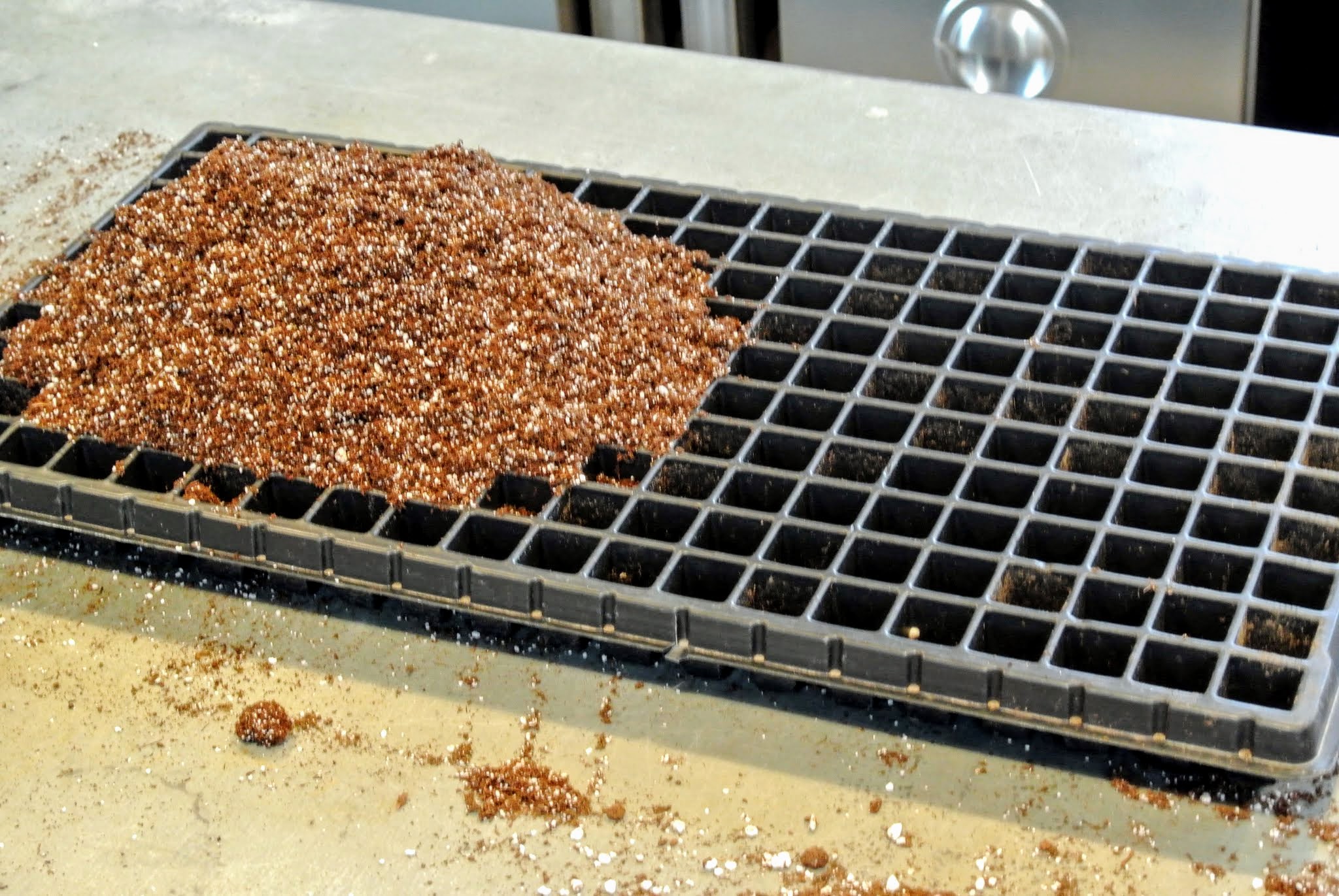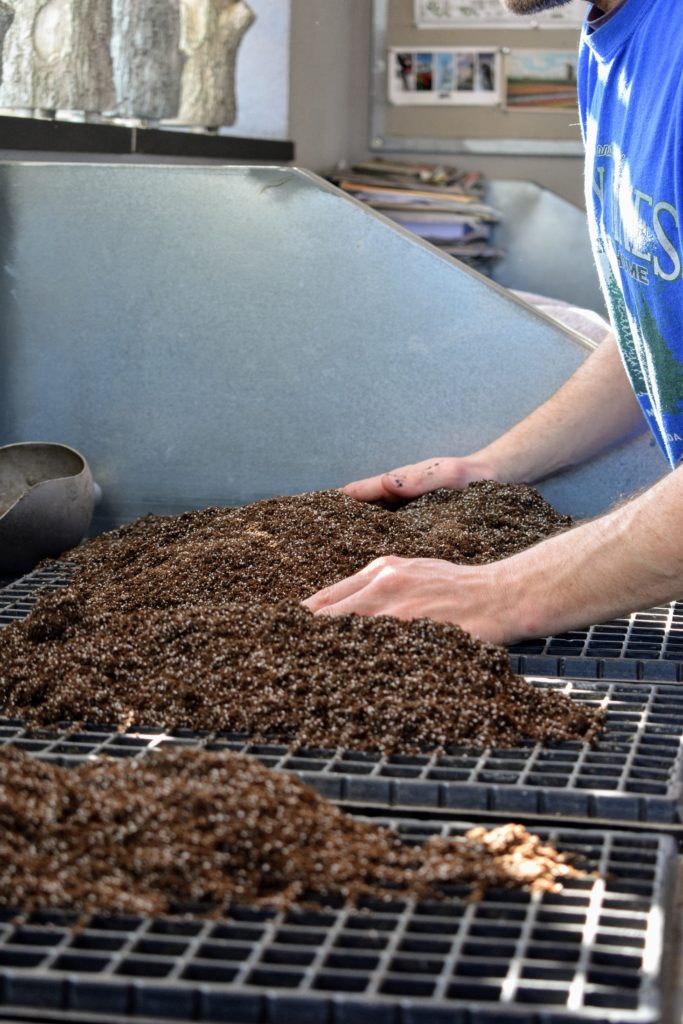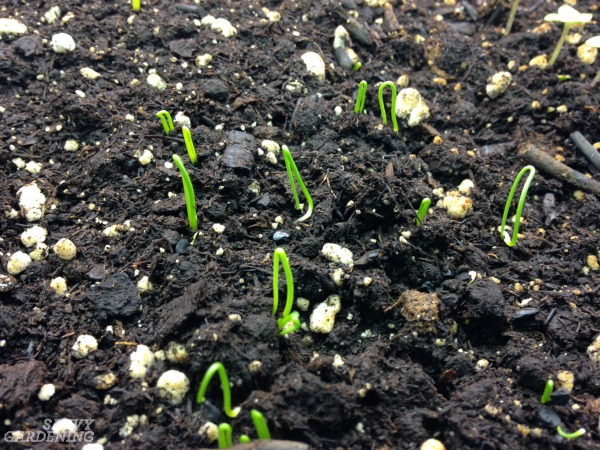


bag, a considerable amount of money at the time. At the beginning of the depression, these onions sold for $3.50 a 50 lb. These mild onions were immediately popular with customers. The Vidalia onion industry began in 1931 when a grower by the name of Mose Coleman grew the first short-day onions in Toombs County. The Granex name is a combination of Grano and Excel, the original parents. The other parent was YB986, which was selected from Excel, which in turn was derived from White Bermuda. The variety Early Grano 502 resulted in the Texas Early Grano 951C, which became one of the parents for Yellow Granex hybrid. Yellow Granex, the standard for Vidalia onions, has its origin from Early Grano. The first of these varieties came through Bermuda and were thus referred to as Bermuda onions. In particular, varieties from Spain and Italy would become important to the Vidalia onion industry. Varieties from warmer regions of the Mediterranean eventually made their way to the Southeastern United States.

These onions were adapted to the temperate climate found throughout the Northeast where the first European settlements occurred. Onions were first brought to this country by early European settlers. Finally, long-day onions are adapted to the most northern climes of the United States as well as Canada and bulb with daylengths greater than 14 hours. The short-day varieties bulb with daylengths of 10-13 hours, intermediate varieties bulb with day lengths of 13-14 hours and are found in the mid-temperate regions of this country. Onions are grouped into three groups based on their response to hours of daylength. Unlike most other species, day length influences bulbing in onions as opposed to flowering. This adaptation is primarily due to differing response to day length.

They can be grown from the tropics to subarctic regions. Onions are among the most widely adapted vegetable crops. There are no known wild ancestors, however, the center of origin is believed to be Afghanistan and the surrounding region. The ancient Egyptians are known to have cultivated this crop along the Nile River. Growing onion seed plants is an easy, inexpensive way to keep an unlimited amount of onions on hand just when you need them.Onions are one of the oldest vegetables in continuous cultivation dating back to at least 4,000 BCE. However, once the tops begin to lay over, usually by late summer, watering should be stopped. Onion plants have shallow roots and require frequent irrigation throughout the growing season. Transplant onion seedlings that were started indoors about four to six weeks before the last expected frost or freeze date, provided the ground is not frozen. Once seedlings have sufficient leaf growth, thin them down to around 3 to4 inches (8-10 cm.) apart. Warm soil temperatures, on the other hand, can trigger onion seed germination in as little as four days. For instance, the cooler the soil temperature, the longer it will take for onion seeds to germinate - up to two weeks. While typically germination occurs within seven to ten days, soil temperature affects this process. When it comes to onion seed germination, temperature plays an active role. If planting rows, space them at least one and half to two feet (46-61 cm.) apart. Place them about an inch (2.5 cm.) deep in the soil and approximately half an inch (1 cm.) or more apart. The best time for planting onion seeds outdoors is in spring, as soon as the soil can be worked in your area. However, when growing onion seed, some people prefer to start them indoors. Onion seeds can be planted directly in the garden bed. This should also be worked with organic matter, such as compost. Onions grow best in fertile, well-draining soil. Read on to learn more about onion seed starting.
#ONION SEED STARTING HOW TO#
If you know how to grow onions from seeds, either method for planting onion seeds will yield an abundant supply of onion crops. They can be started indoors in flats and transplanted to the garden later or sow their seeds directly in the garden. Growing onions from seed is both easy and economical.


 0 kommentar(er)
0 kommentar(er)
